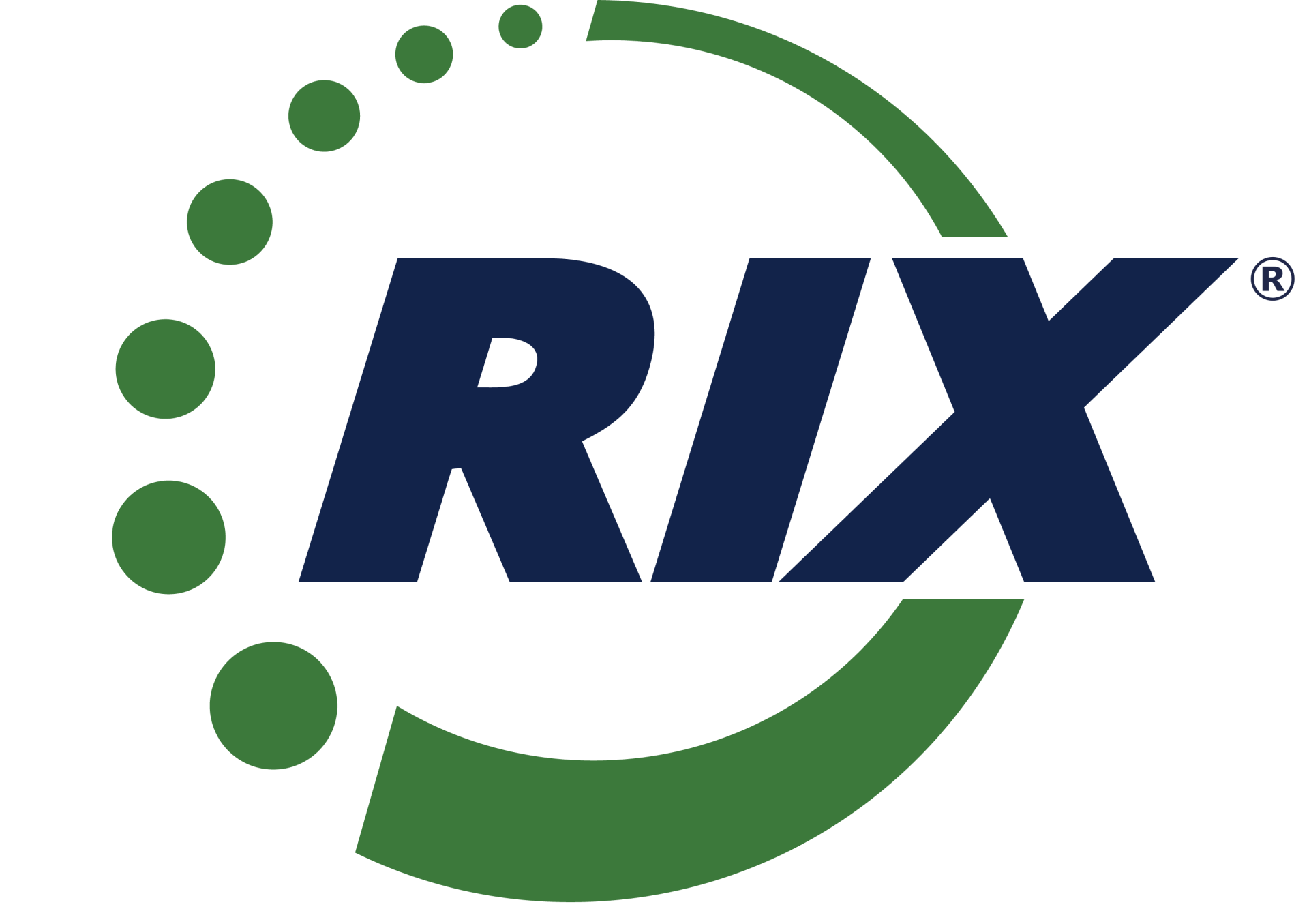Cryogenics FAQs
- How much cooling can a RIX cryocooler provide?
The RIX family consists of 6 cryocooler sizes which cover a range from a few watts to a few kilowatts of cooling capacity (at temperatures of 50-150K).
- How do you specify the amount of cooling capacity generated by each cryocooler?
The amount of cooling is often referred to as heat lift because heat is removed from a cold load (sample, surface or environment) and rejected to a higher temperature region (typically, ambient air or water). The amount of heat removed depends on the load temperature. Each RIX cryocooler has a rated capacity at a temperature of 77K, the boiling point of nitrogen at 1 bar pressure; but can cool at other temperatures, with adjusted capacity.
- Can I operate my RIX cryocooler at cold load temperatures other than 77K?
Yes! Each RIX cryocooler is provided with a capacity vs. temperature performance curve. The published curve starts at the “stall” temperature (the lowest temperature attainable when no heat is being lifted), which is usually between 40-50K, and continues up to 150K. The cooling capacity increases with load temperature, in a generally linear trend.
- Can I operate my cryocooler at cold load temperatures higher than 150K?
Yes! In fact, at startup, the cryocooler cold tip is at ambient conditions. The cooling capacity at this point is significantly greater than at the rated temperature of 77K. Operation at any temperature on the performance curve is permissible without any adverse effects on the cryocooler, though some input power adjustment may be required by modulating the voltage supply.
- Can I adjust my cryocooler to match the specific heat load of my application?
Yes! Most cryocooler technologies, such as Joule-Thompson and Gifford-McMahon systems, can’t be modulated. RIX’s unique thermoacoustic principle allows for load-following modulation, by varying the input power. This not only gives you the flexibility to match your application requirements, it also conserves power and reduces operating costs. RIX offers closed-loop control systems to maintain constant sample temperatures.
- How is heat removed from the cryocooler?
DIn any refrigeration device, the lifted heat (cold load) is added to the work input (energy that drives the device) and rejected to a thermal sink. The majority of heat removal from a RIX system happens in the aftercooler (an ambient heat exchanger at the warm end of the coldhead). RIX offers both air and water cooled options for our smaller 2s102K and 2s123K cryocoolers, with water cooled versions only for larger models.
- What are the flow and temperature requirements of water for the aftercooler?
Flow rates for each model can be found in the individual data sheets. The rated performance for each cryocooler is based on a water reject temperature of 20C. Some additional cooling capacity can be achieved by reducing the water reject temperature.
- How are RIX cryocoolers installed?
The smaller classes of coolers (2s102K and 2s123K) are available in optional “close coupled” designs where the pressure wave generator is mounted directly to the coldhead. Between the two is a mounting flange designed to support the entire weight of the cryocooler. This flange is typically bolted or clamped to a vacuum vessel or other device. Other RIX coolers have the coldhead mounted remotely from the Pressure Wave Generator (PWG), with a similar mounting flange on the coldhead. This FAR (Flexibly Attached Remote) configuration further isolates residual vibration at the coldhead and aids in packaging for difficult installations.
- How far can the remote configured coldheads be mounted from the Pressure Wave Generator (PWG)?
The standard length of the transfer line connecting the pressure wave generator to the coldhead is 1 meter.
- Does RIX offer any controllers to operate their cryocoolers?
Yes, two basic packages are offered: Control Electronics (CE) package is an SCR based microcontroller with manually controlled variable-voltage AC power (110 or 220 VAC, 60 Hz only) and the Drive Electronics (DE) package is an IGBT based, programmable AC power supply inverter (global input 180-264 VAC, 47-63 Hz)
- What is a Pressure Wave Generator (PWG)?
A PWG produces acoustic energy from electricity to drive RIX’s acoustic-Stirling cryocoolers. It cyclically compresses and expands helium gas relative to mean charge pressure; through a balanced (dual opposed) linear reciprocating motor and piston design.
- Where are RIX cryocoolers typically used?
Because of their flexible design, low vibration levels, wide cooling range and low power draw, these are the coolers of choice for many medical, semiconductor, HTS and liquefaction applications. The virtually maintenance-free design makes them additionally attractive to OEM suppliers and applications where access is remote or limited.
- Does RIX offer other products related to their cryocoolers?
Yes, RIX offers the linear motors and Pressure Wave Generators (PWG’s) for integration in customer and OEM applications.
- Are RIX cryocoolers environmentally safe?
Yes! RIX coolers use inert helium gas as the working medium, making them 100% environmentally safe.
Markets
Products
Company
All Rights Reserved | RIX Industries | Privacy Policy | Disclaimer | Terms of Service
All Rights Reserved | RIX Industries




